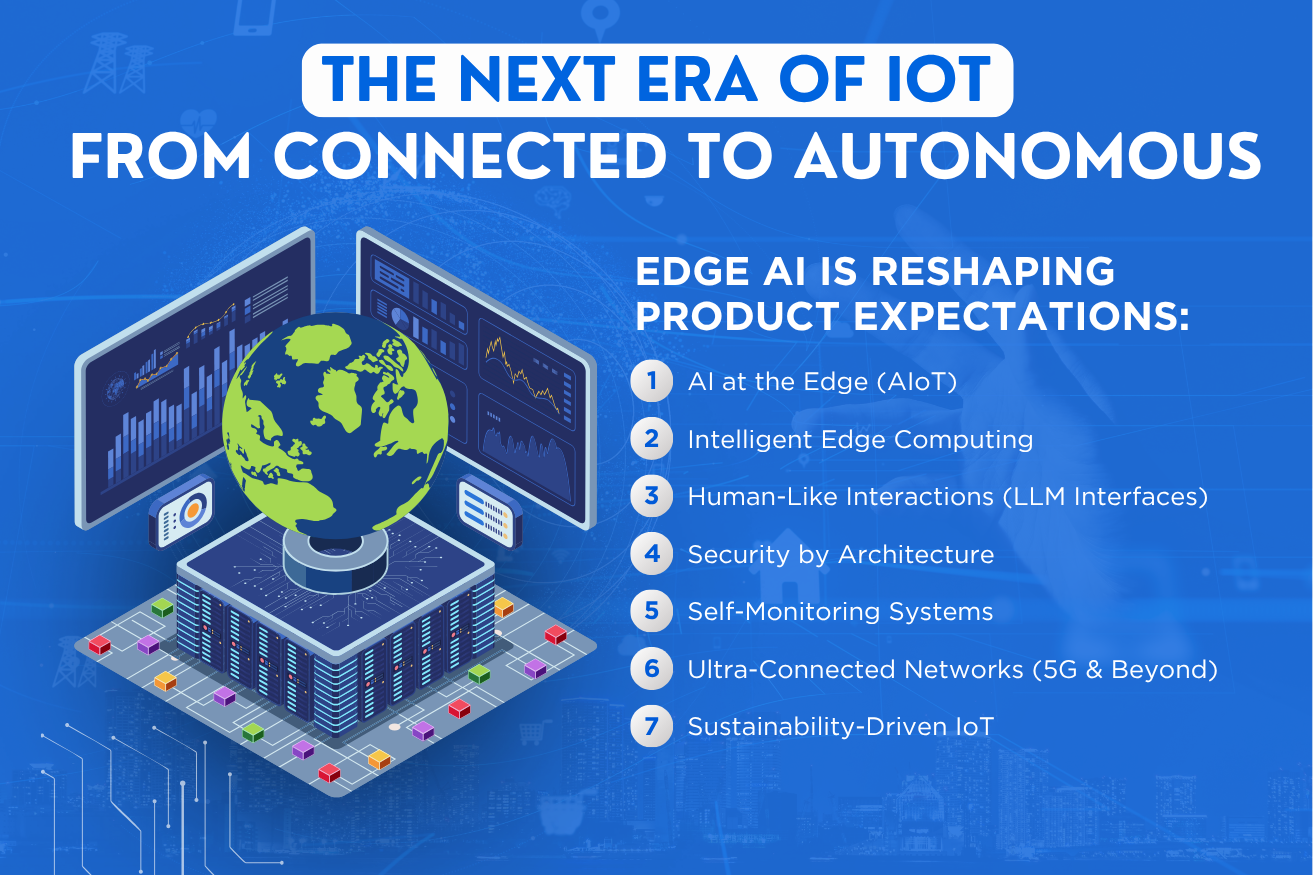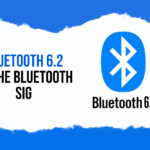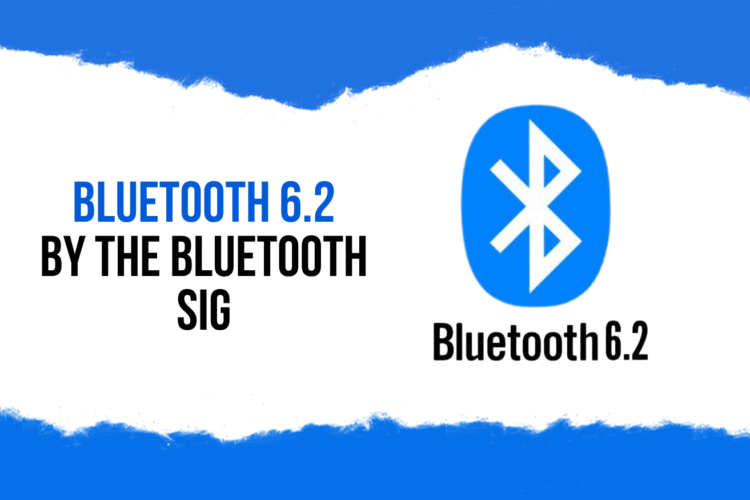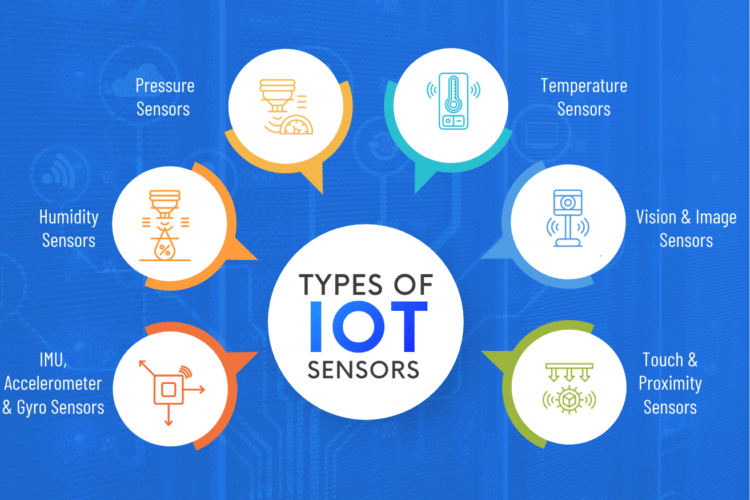
The next wave of IoT is not just about being “smart.”
It’s about becoming autonomous.
Below, we break down the key trends shaping the future of IoT, based on real-world implementations and engineering insights from the field.
AIoT — Artificial Intelligence Meets IoT
AI is no longer an optional add-on. It’s becoming embedded directly into IoT devices, creating systems that learn from data in real time.
Key Impact
- Devices shift from reporting data → to interpreting & acting on data
- Predictive behavior replaces reactive behavior
- Less cloud dependence → lower latency & higher reliability
Example: Smart energy meters predicting consumption patterns and adjusting load before peak demand.
Intelligence Moving to the Edge
Instead of sending all data to the cloud, Edge AI processes information locally on the device.
Benefits
- Works even when offline
- Real-time responsiveness
- Better privacy and bandwidth efficiency
This is essential for:
Industrial automation
Robotics
Medical devices
Smart home controllers
Edge Computing Becomes the Default Architecture
As deployments scale, centralized cloud-only architecture struggles. Edge computing distributes intelligence across devices, gateways, and micro-services.
Why This Matters
- More resilience
- Reduced latency
- Lower cloud cost
IoT systems are beginning to look more like dynamic networks rather than simple device-to-cloud pipelines.
LLMs and Natural Interfaces Arrive on Devices
Large Language Models (LLMs) are transforming digital interfaces. Soon, devices won’t require apps or menus — they will converse.
Examples
- Voice-driven industrial consoles
- Smart home assistants that learn user habits
- Vehicle dashboards that understand intent, not just commands
This will drive hyper-personalization and accessibility.
Zero Trust Security Model Becomes Mandatory
With billions of devices online, traditional perimeter-based security no longer works.
Security Focus Areas
- Unique identity for each device
- Encrypted communication (TLS, DTLS, WireGuard)
- Continuous authentication and anomaly detection
- Secure OTA (Over-The-Air) firmware updates
Security is now a foundational design requirement, not an afterthought.
AI-Powered Diagnostics and Predictive Maintenance
Systems are becoming self-aware.
Capabilities
- Monitoring device health
- Detecting anomalies early
- Automatically triggering preventive actions
This dramatically increases uptime and reduces operational cost in industries like:
Manufacturing
Energy utilities
Fleet monitoring
The Role of 5G and Advanced Connectivity
Low-latency communication is enabling:
- Robotics coordination
- Automated delivery fleets
- Real-time telemedicine
- Industrial plant automation
Future networks (5G-Advanced & 6G) will act as the circulatory system for autonomous IoT ecosystems.
Context-Aware and Adaptive Behaviors
Next-generation IoT systems will understand their environment and user context, adjusting automatically.
Examples
Lighting adapting to presence and time of day
City traffic systems adjusting to congestion patterns
Wearables adjusting health insights to personal baselines
Digital Twins Enable Simulation Before Deployment
A digital twin is a virtual replica of a physical system. It allows teams to simulate, test, and optimize before real-world changes are made.
This reduces:
Deployment risk
Downtime
Cost of experimentation
Sustainable & Low-Power IoT Becomes the Standard
Energy efficiency is now a strategic priority.
Trends
- Solar-powered IoT nodes
- Ultra-low-power microcontrollers (nRF, STM32L, ESP32-Eco)
- Environmentally sustainable hardware design
- Circular lifecycle for deployed sensors
Sustainability isn’t a trend — it’s the long-term foundation for scalable IoT.
Conclusion: IoT is Becoming Autonomous, Adaptive, and Intelligent
The future of IoT is not just connected devices — it is coordinated, aware, learning systems that act with minimal human oversight.
At MetaDesk Global, we specialize in:
- ✅ Embedded firmware
- ✅ Edge AI integration
- ✅ Hardware & PCB development
- ✅ Secure IoT architecture
- ✅ Cloud + mobile + dashboard solutions
- ✅ Production-ready device deployment
Whether you’re building a smart product, industrial automation, or full digital transformation, we can help you design IoT systems that scale, decide, and evolve.
Call to Action
Let’s build the next generation of intelligent systems.
Send us a message to discuss your IoT roadmap.




